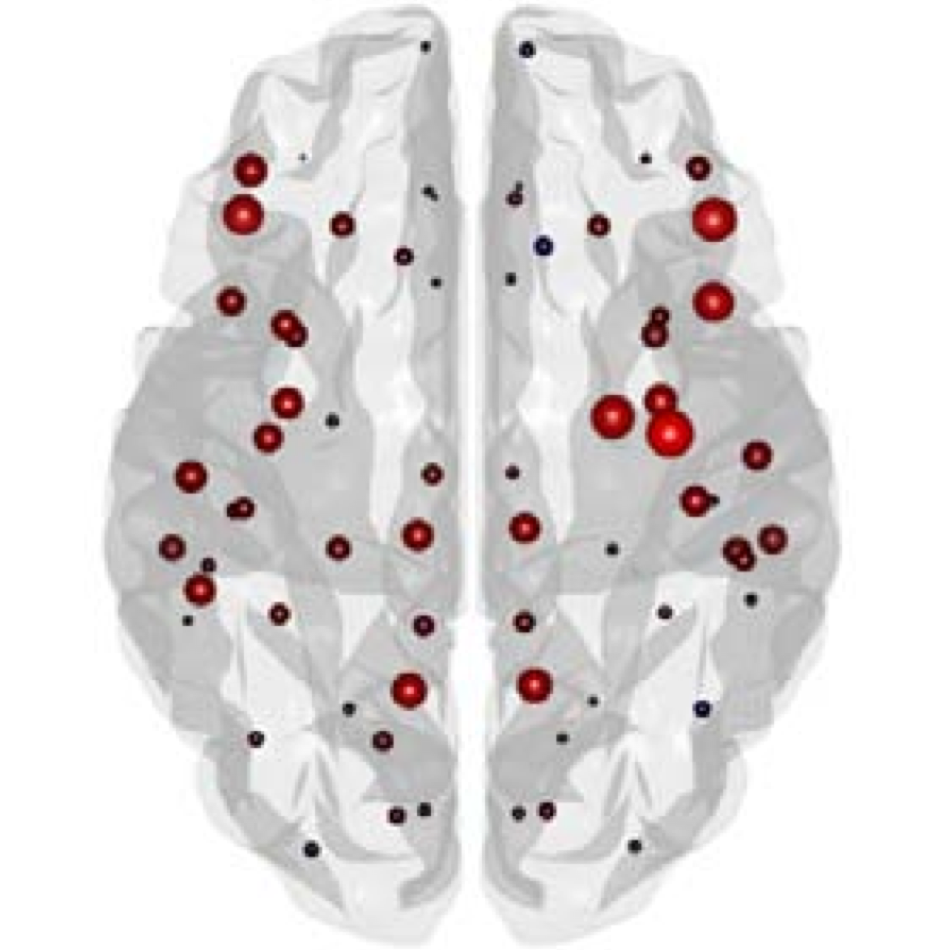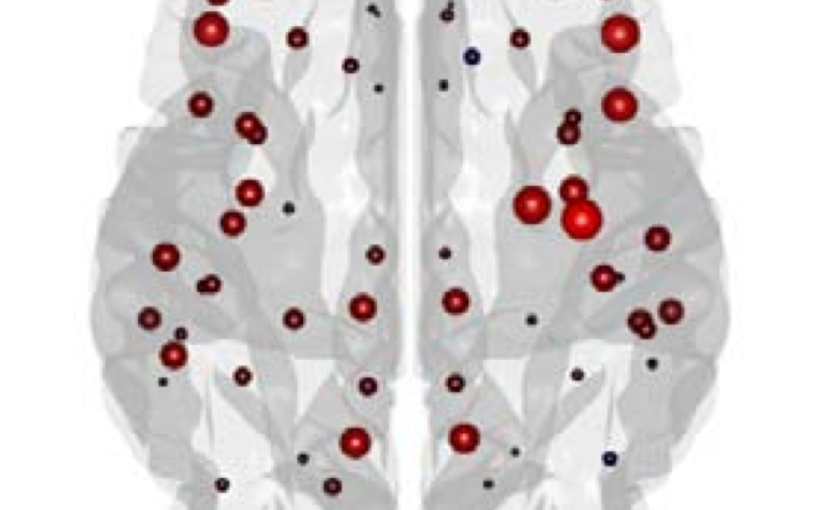
T. Hinault, M. Mijalkov, J.B. Pereira, Giovanni Volpe, A. Bakker, S.M. Courtney
NeuroImage 236, 118070 (2021)
biorXiv: 10.1101/2020.10.09.333567
doi: 10.1016/j.neuroimage.2021.118070
Cognitive trajectories vary greatly across older individuals, and the neural mechanisms underlying these differences remain poorly understood. Here, we propose a mechanistic framework of cognitive variability in older adults, linking the influence of white matter microstructure on fast and effective communications between brain regions. Using diffusion tensor imaging and electroencephalography, we show that individual differences in white matter network organization are associated with network clustering and efficiency in the alpha and high-gamma bands, and that functional network dynamics partly explain individual cognitive control performance in older adults. We show that older individuals with high versus low structural network clustering differ in task-related network dynamics and cognitive performance. These findings were corroborated by investigating magnetoencephalography networks in an independent dataset. This multimodal brain connectivity framework of individual differences provides a holistic account of how differences in white matter microstructure underlie age-related variability in dynamic network organization and cognitive performance.
